Murlough Bay, Game of Thrones and Roger Casement
Reflections on a recent road trip on the Causeway coast and the Glens of Antrim
Video clip author
Listen….
Murlough Bay is the most beautiful and peaceful place I know, with a rich flora and fauna.
Photo author
Photo author
Fuchia Photo author
Honeysuckle Photo author
Buckhorn Plantain Photo author
Common Spotted Orchid Photo author
Sheep’s Scabious Photo author
Oyster Catcher Photo author
Photo author
Photo author
Photo author
I can remember visiting Murlough Bay as a child, with my parents and younger siblings, during summer holidays spent in Churchfield, Ballycastle. But I didn’t realise that I had been there as a toddler with my parents, until my mother gave me an old photo after my father died in October 2019. You can see the outline of Scotland and the Mull of Kintyre in the distance on the horizon.
Photo author’s family
In summer 1985, I mapped Murlough Bay and Fair Head for my Geology dissertation associated with my Natural Science degree at Trinity College Dublin. I can remember being on Fair Head with Judy, my Uncle Frank’s German Shepherd dog, and being chased by a mad herd of angry heifers. We made it to Grey Man’s path and slowly descended to the shoreline. I’m still not sure whether the angry heifers or the Grey Man’s path descent was more frightening at the time.
Photo author
Murlough Bay was used as a filming location for Slavers Bay in Games of Thrones. Walking in Murlough Bay earlier this month, it was noticeable that some of the narrow road at sea level has cracked badly and is showing signs of subsidence. Local opinion is that heavy vehicle movement during GoT filming has contributed to this issue.
Fair Head, which forms the northerly end of Murlough Bay, was used as a filming location for Dragonstone in season 7 of GoT, with filming sequences including Daenerys, Jon Snow, Tyrion, Varys, Melisandre and of course the dragons. Interestingly, the actor Conleth Hill, who played Varys the Master of Whisperers, is from Ballycastle.
Photo Explorefairhead.com
Photo Explorefairhead.com
Photo Explorefairhead.com
Photo https://eu.enterprisenews.com/story/entertainment/2019/05/18/the-north-remembers-in-northern/5121601007/
Photo Explorefairhead.com
Moving on from flame-throwing GoT dragons, when the time comes eventually, I would like my cremated ashes to be scattered at Murlough Bay. It is that kind of place. Utterly beautiful.
Roger Casement, from Churchfield, Ballycastle, also wished to be buried at Murlough Bay, but sadly this never happened.
Photo EPIC museum
Roger Casement’s name kept surfacing on my recent road trip in Ireland, to celebrate my 60th birthday. Firstly, there is a plaque commemorating him at the top of Murlough Bay, before you descend the steep decline. Then, when I visited the fantastic emigration museum EPIC in Dublin, there was a Roger Casement section.
Finally, when I visited Glasnevin cemetery, Dublin, for a History tour, we found his grave.
Photo author
Photo author
So, what is Roger Casement’s link to Murlough Bay and why is he buried at Glasnevin cemetery, Dublin rather than Murlough Bay, Co. Antrim, as he wished?
Roger Casement’s family home was Magherintemple House, Churchfield, outside Ballycastle.
Photo author
Magherintemple House. ‘Machaire an Teampaill’ is an old Gaelic name for Churchfield.
Photo author
Churchfield (the original medieval Culfeightrin church) on the Casement estate. Culfeightrin, which means ‘The Corner of the Foreigner/Stranger’ translated from the Gaelic ‘Cúil Eachtrann’
My paternal grandparents, John and Bridget, were tenant sheep farmers, on the Casement estate, where they brought up 12 children, in a 2 storey, 2 bedroom stone house, with no running water and for a long time no electricity. I can remember on holidays, walking down to the fresh water spring well on Casement’s farm estate and spilling half the water in the enamel bucket on my way back. The house is now sadly long empty and derelict.
Photo author
Roger Casement was born on 01/09/1864 in Sandycove, Dublin. His mother died when he was 9 years old and his father then returned with Roger to the family home in Churchfield, outside Ballycastle.
Roger Casement worked for most of his life in the British Consular service in the Foreign Office. He was a humanitarian, who started to distrust the imperial system (foreign rule in other countries), after witnessing how poorly indigenous people were treated both in the then Belgian occupied Congo in West Africa (1904: forced labour, murder, mutilation by white traders) and subsequently in the Peruvian Amazon (1910: slavery, rape, starvation, mutilation and murder by a British registered rubber company). His investigation reports in both countries led to his knighthood in 1911. However, his experiences and observations in West Africa and South America informed his subsequent passion for Irish nationalism.
In 1913, Sir Roger Casement left his job with the British Consular Service, and joined the Irish Volunteers, a military organisation, helping the Irish Republican Brotherhood, in their fight for independence. He was a recruiter in both the U.S.A. and Germany. In World War 1, Roger Casement travelled to Germany to secure guns for the Irish rebels. Whilst returning to Ireland with a gun delivery, via a German U19 submarine and a dinghy, he was arrested at Banna Strand, Kerry on Good Friday 1916. Sir Roger Casement was subsequently brought to London and charged with high treason. He was executed by hanging on 03/08/1916, aged 51, and buried naked, without a coffin, under quick lime, in an unmarked grave, in Pentonville Prison yard, London.
In 1965, responding to Taoiseach Sean Lemass’s written request, the then British Prime Minister Harold Wilson gave permission for Roger Casement’s remains to be exhumed on 22 February and repatriated to Ireland the next day, but refused permission for burial in Murlough Bay. The British government’s position was that a burial at Murlough Bay in Northern Ireland would create "an undesirable precedent".
You can read a now government released historical report document written by Irish official Paul Keating (later Irish ambassador to Britain) with details about the challenging exhumation here:
Video clip, British Pathe
Roger Casement’s body was laid in state in the Pro Cathedral, Dublin, before a procession on 01/03/1965 through Dublin, on route to Glasnevin, where he is now buried. The state funeral was attended by President Éamon de Valera and Taoiseach Sean Lemass.
Thank You for reading Free-Styling @60.
Clicking the heart, sharing and/or commenting below all help other people find my work.
If you have enjoyed my writing and aren’t already a subscriber, please do sign up here - it’s free.





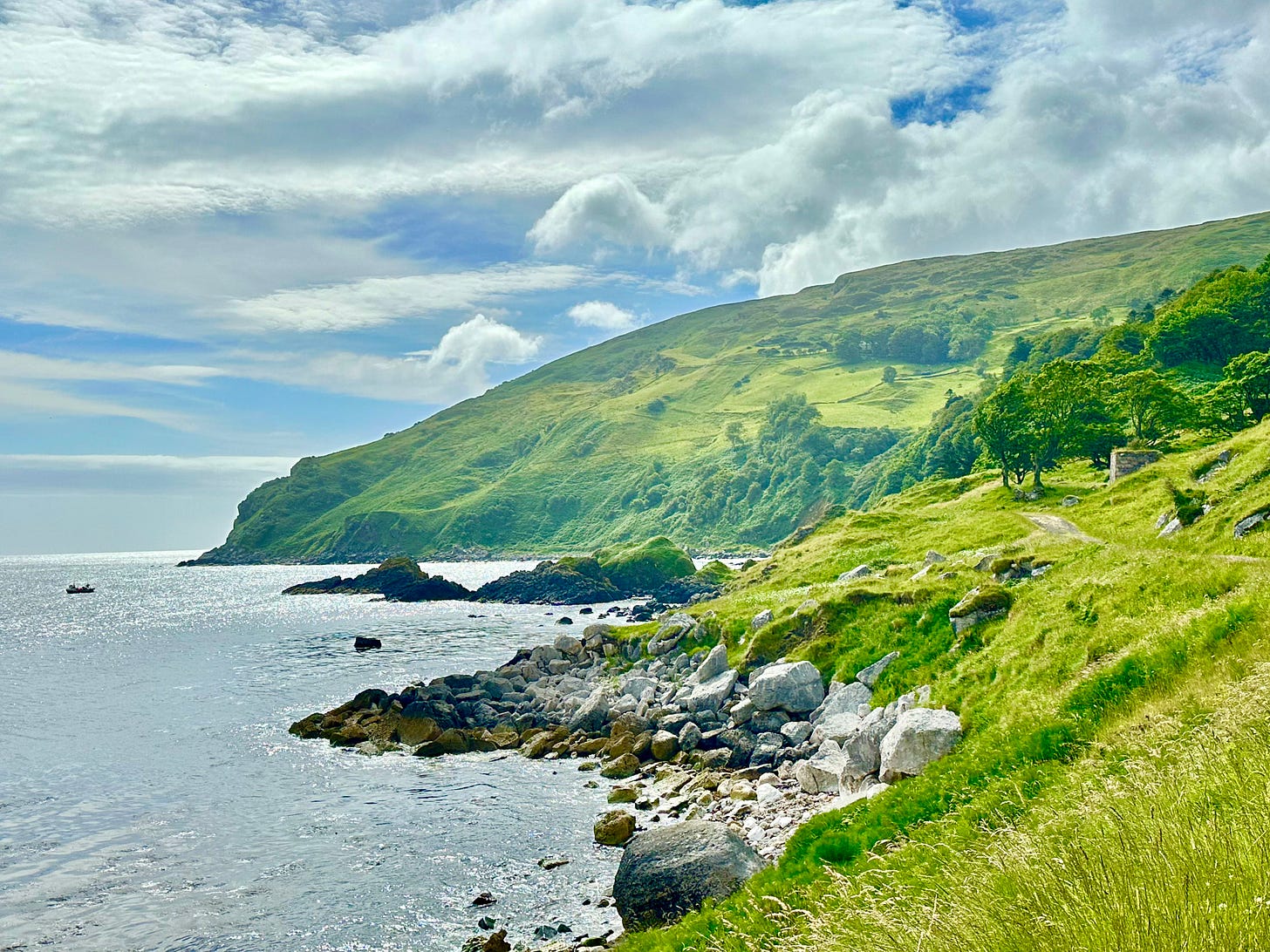
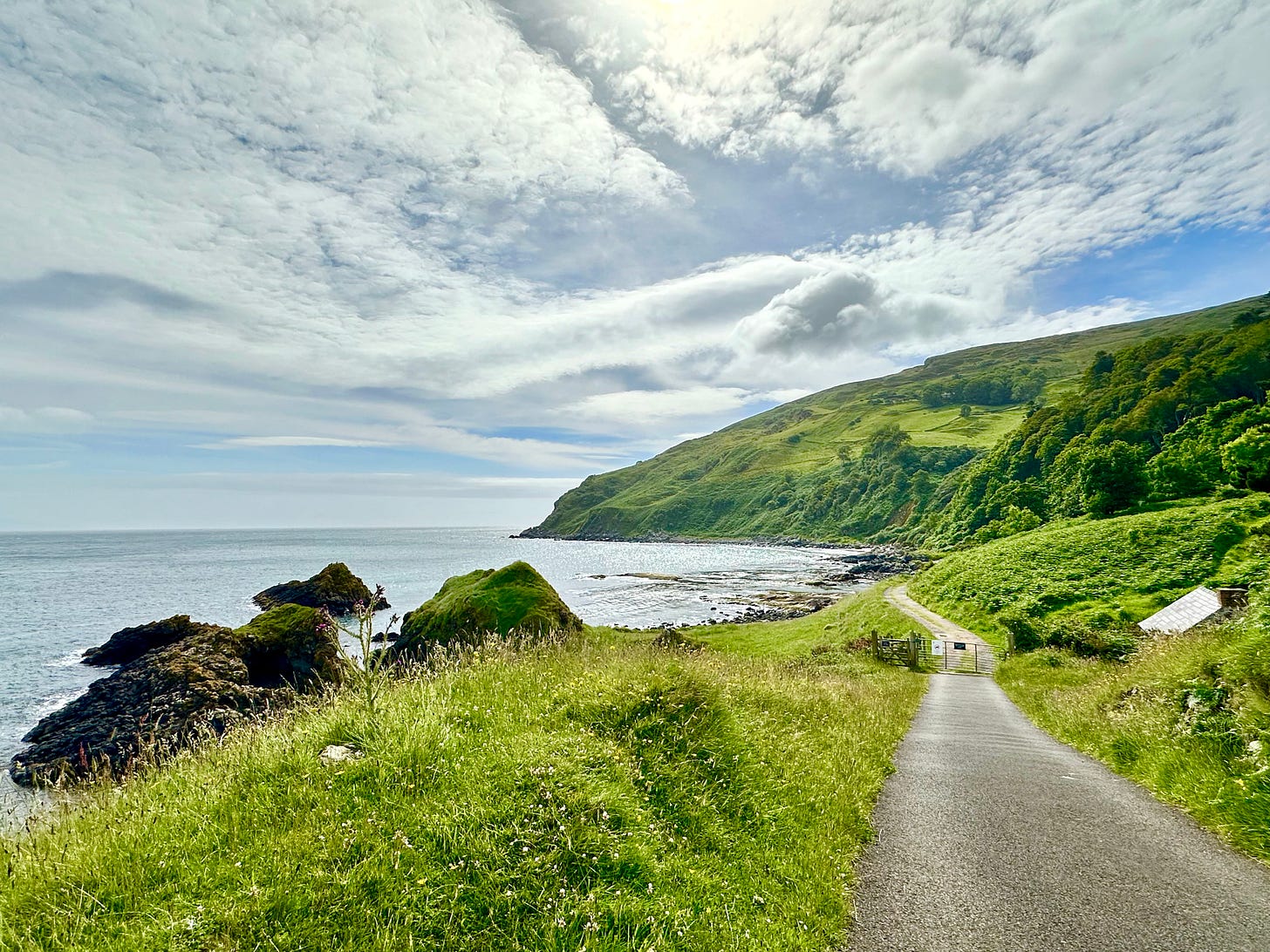
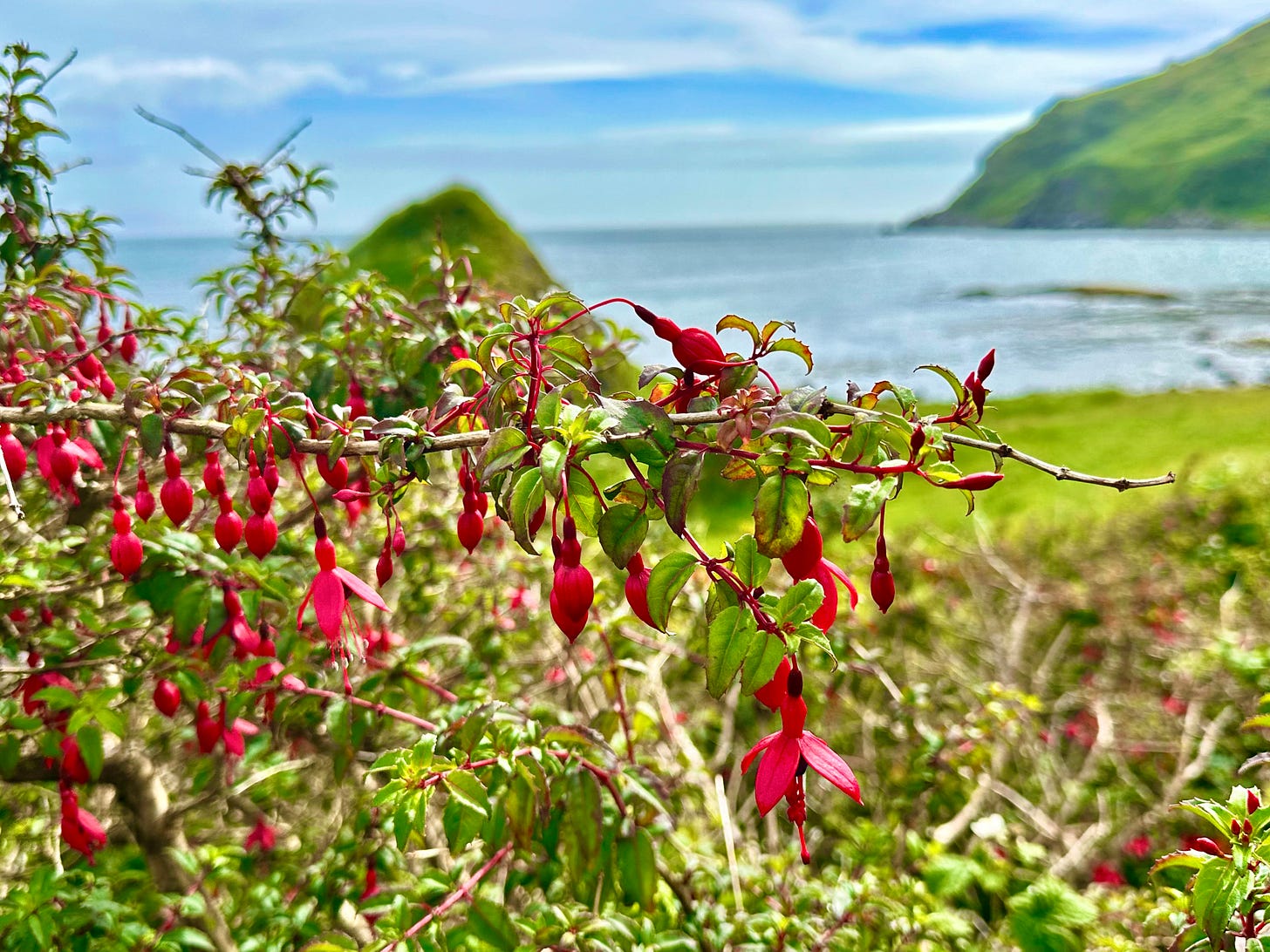
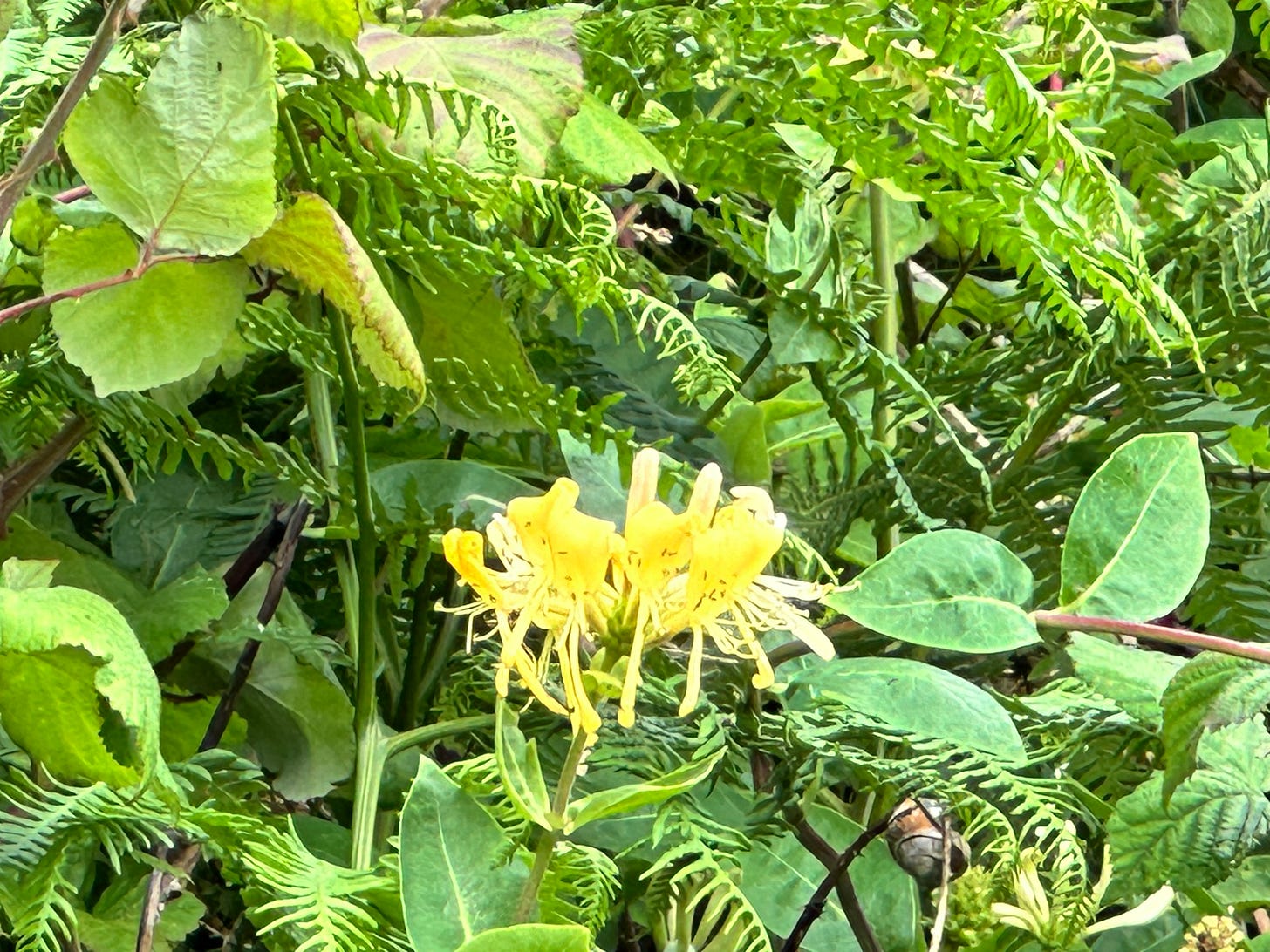
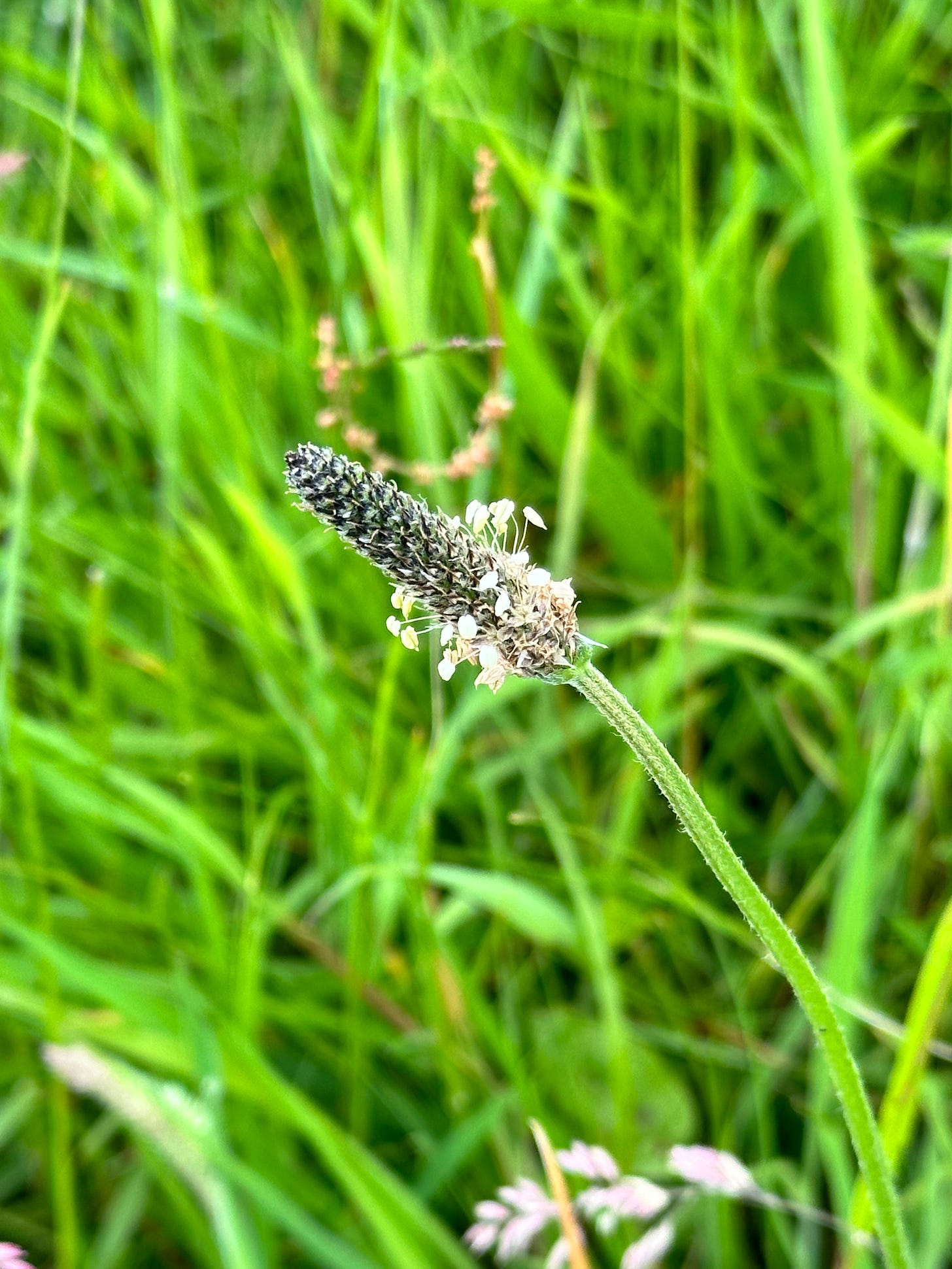
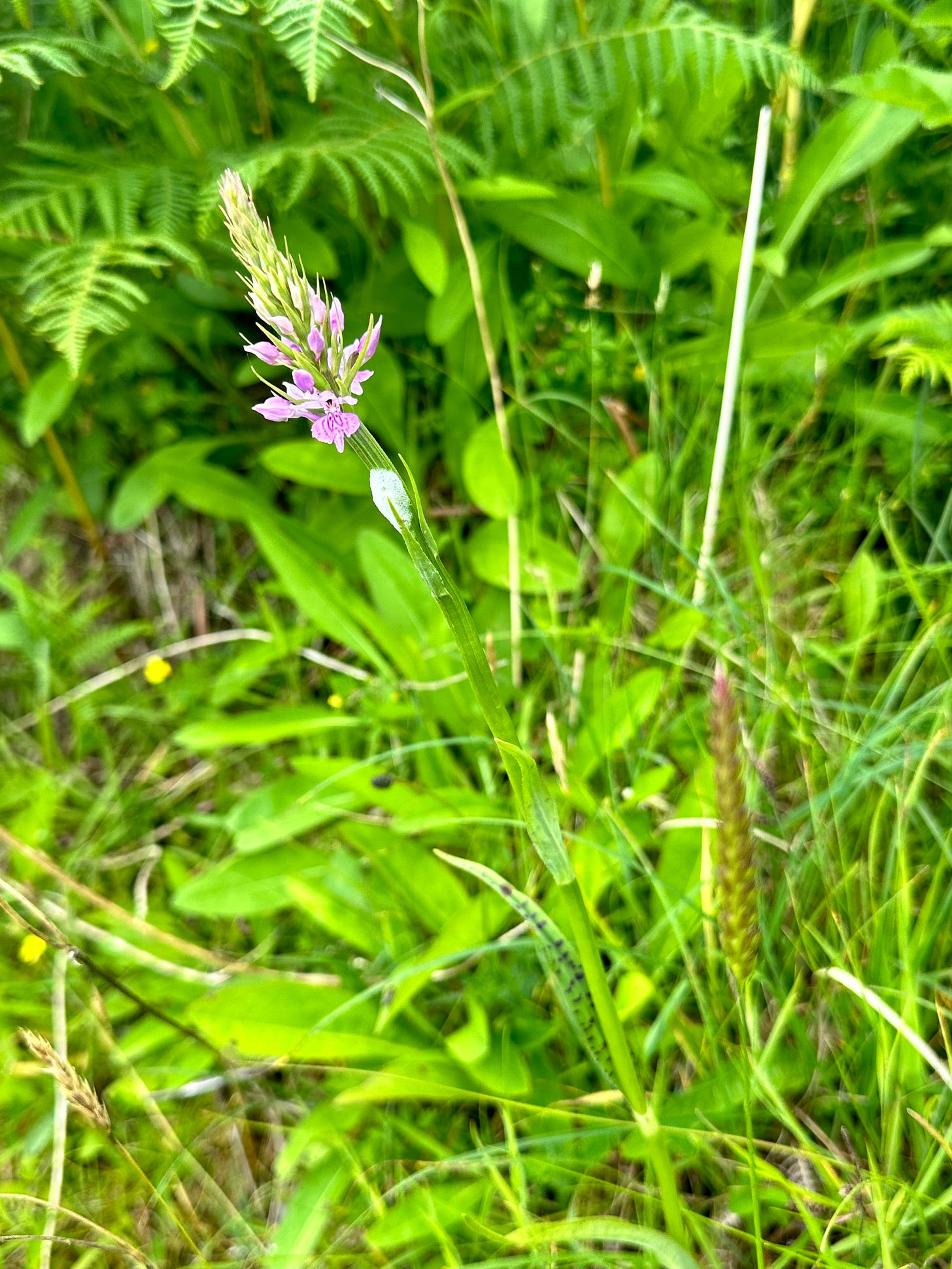
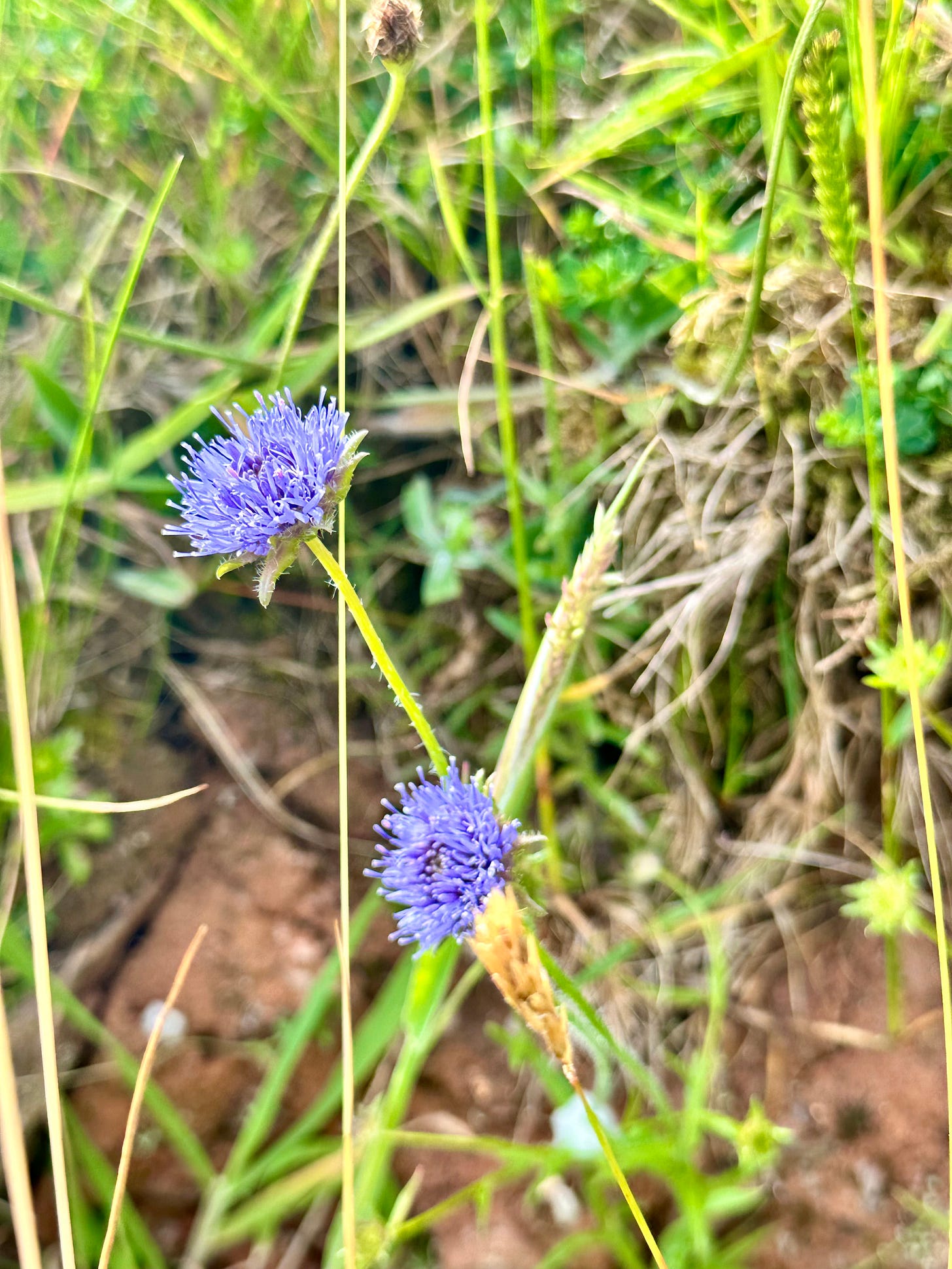
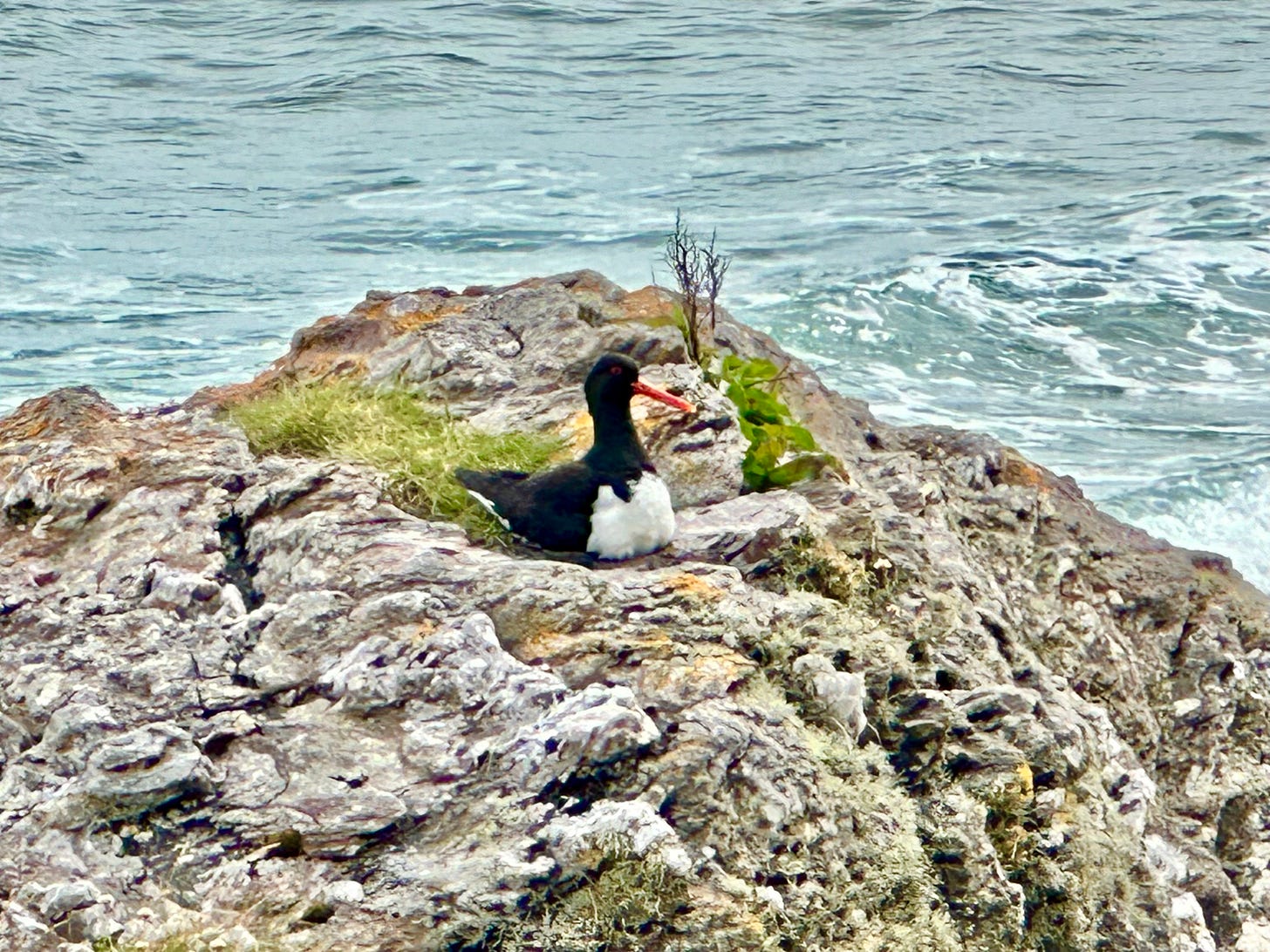
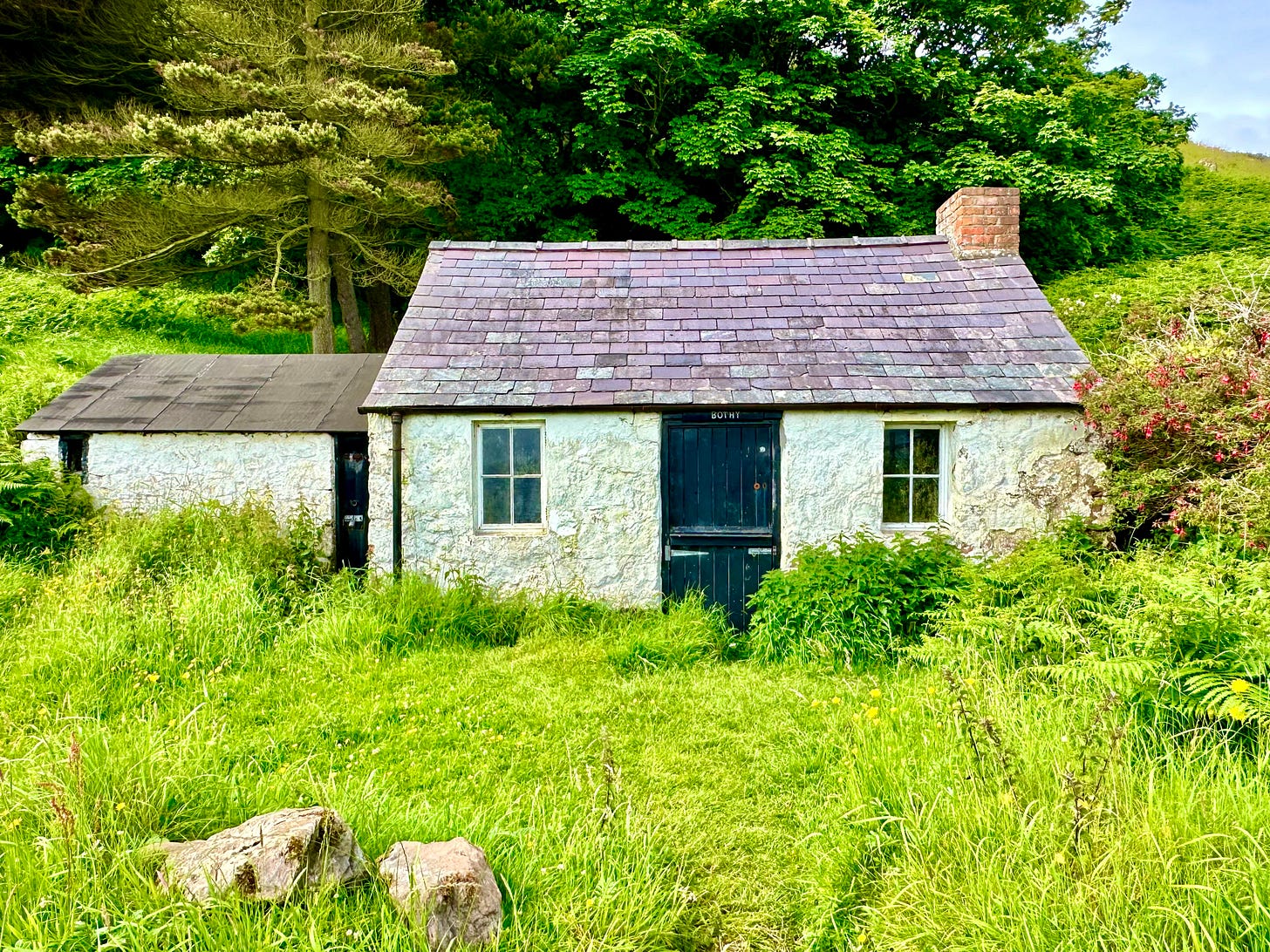
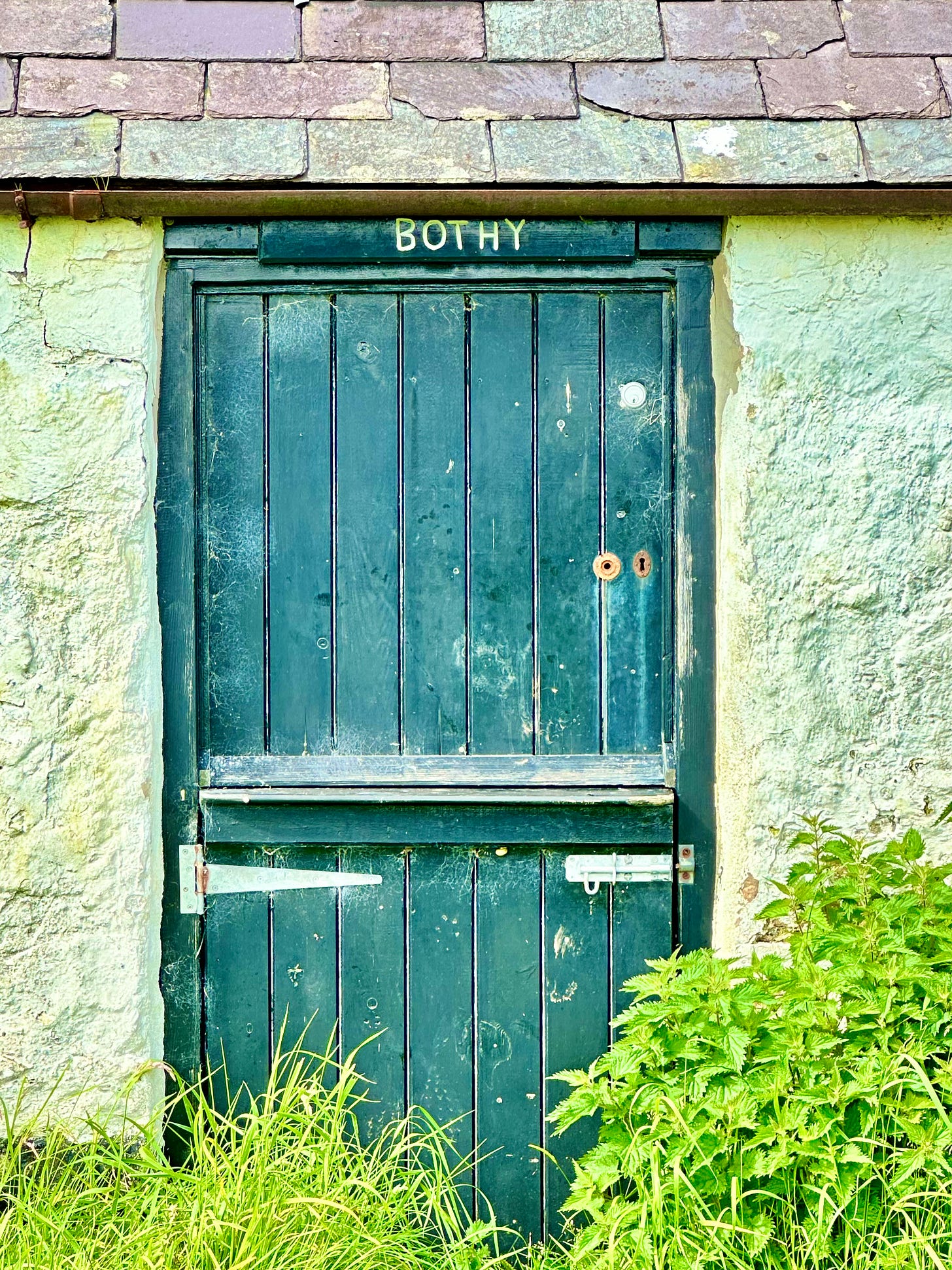
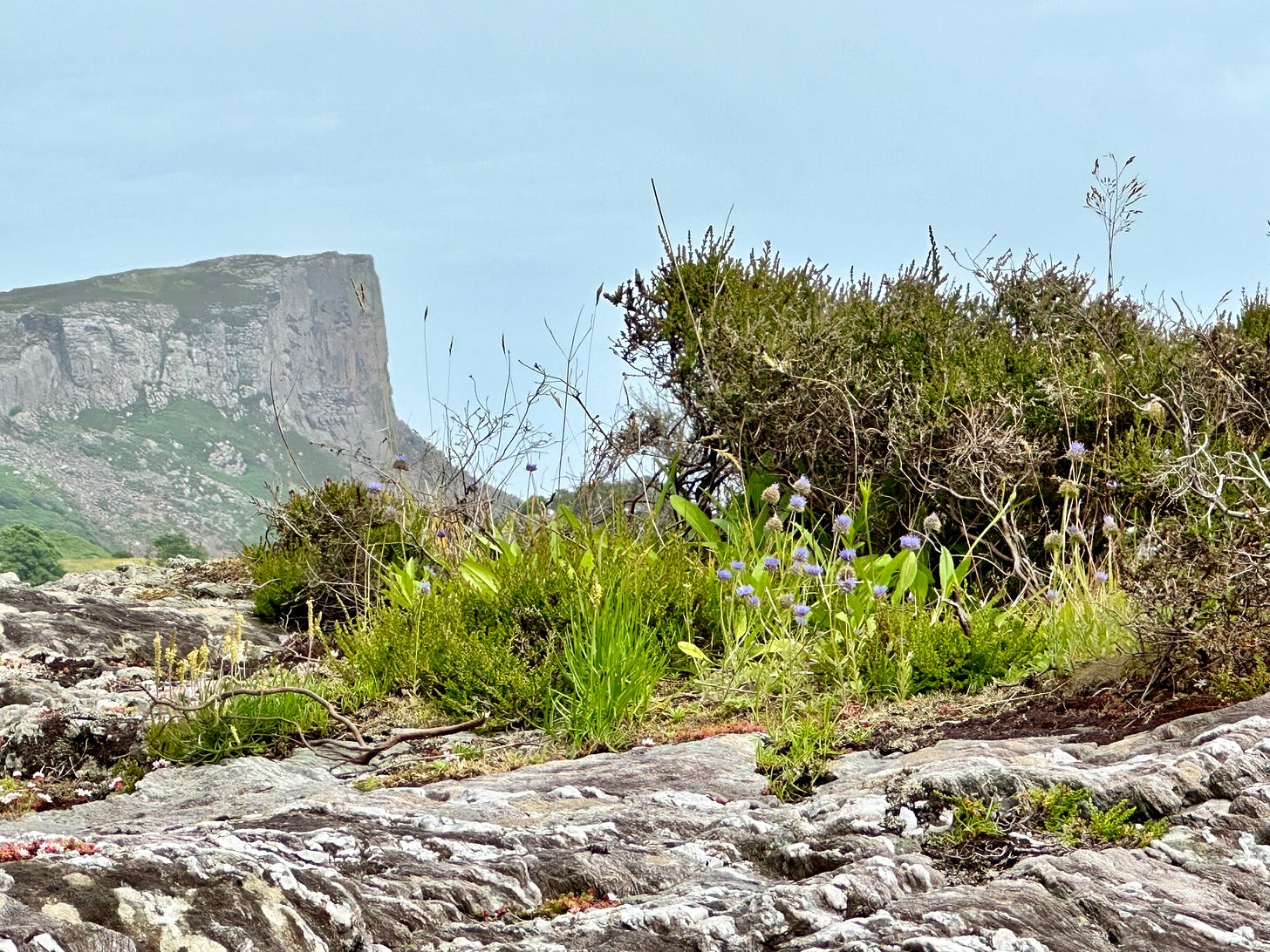
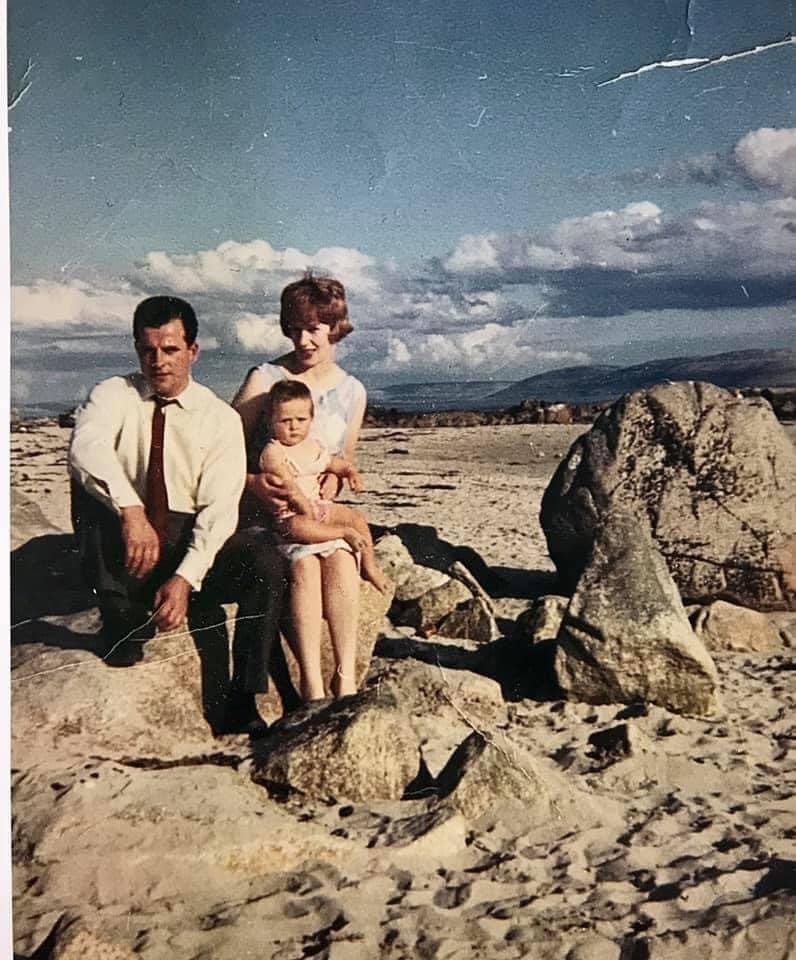
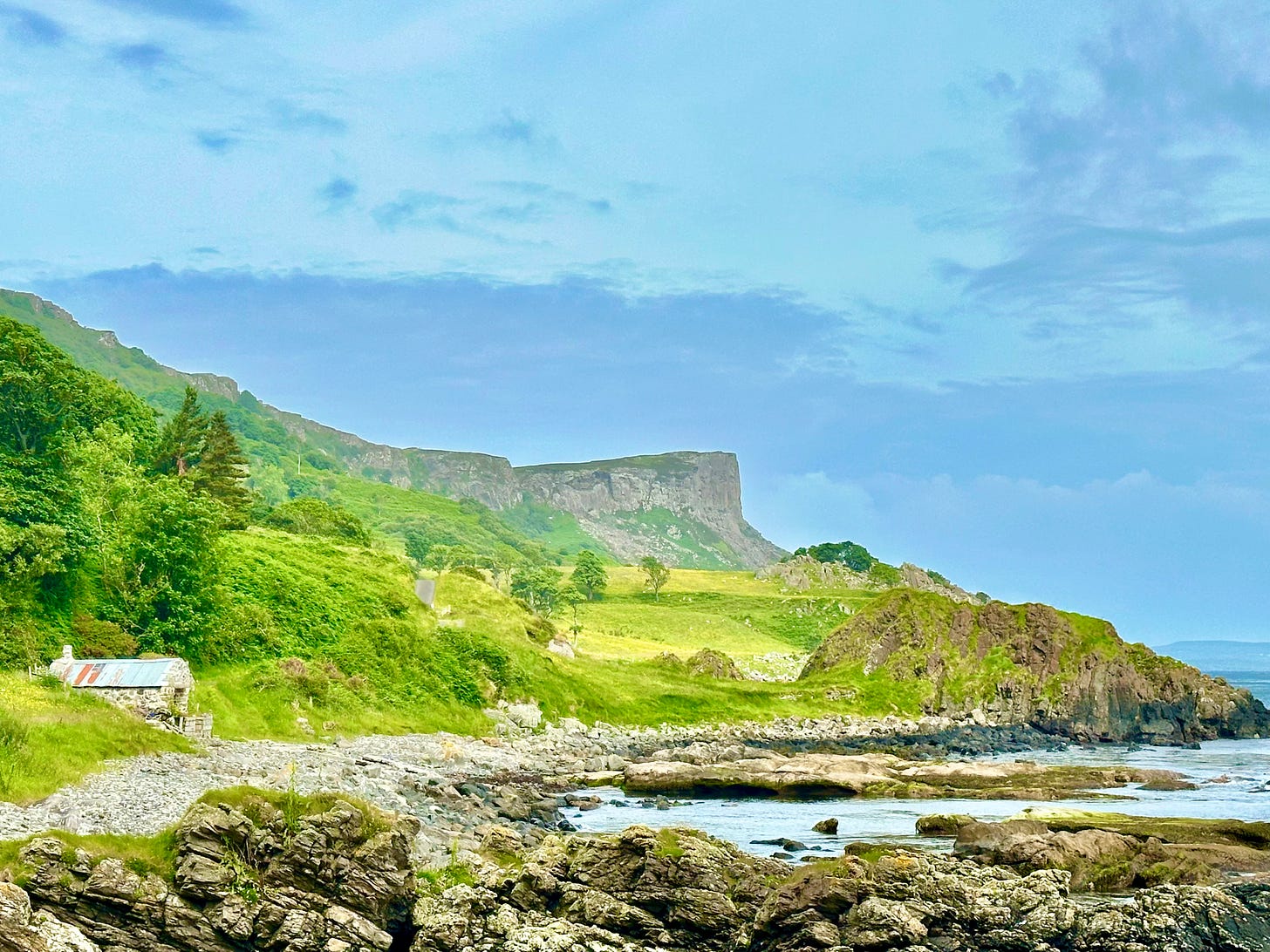
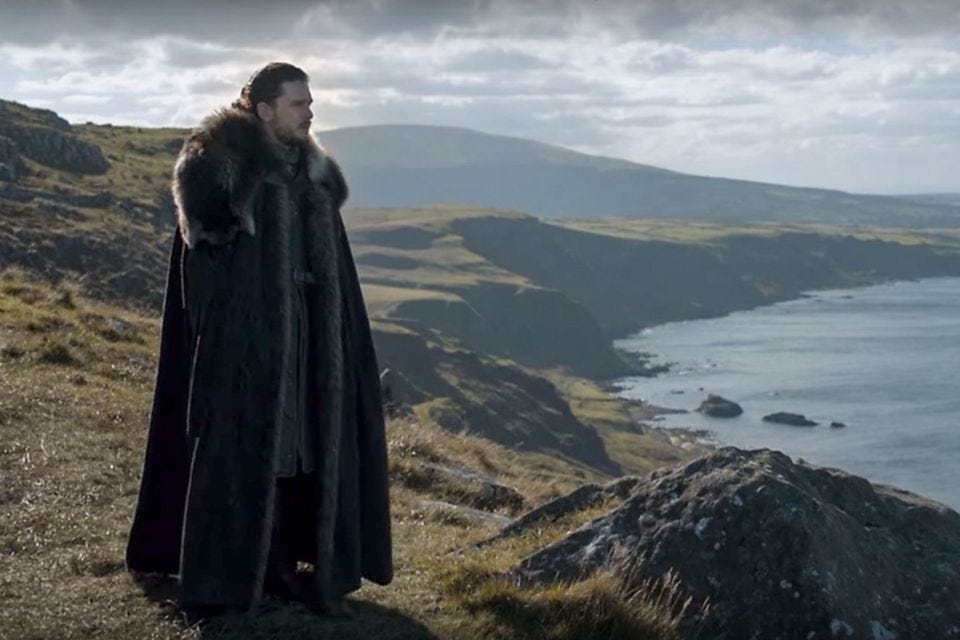
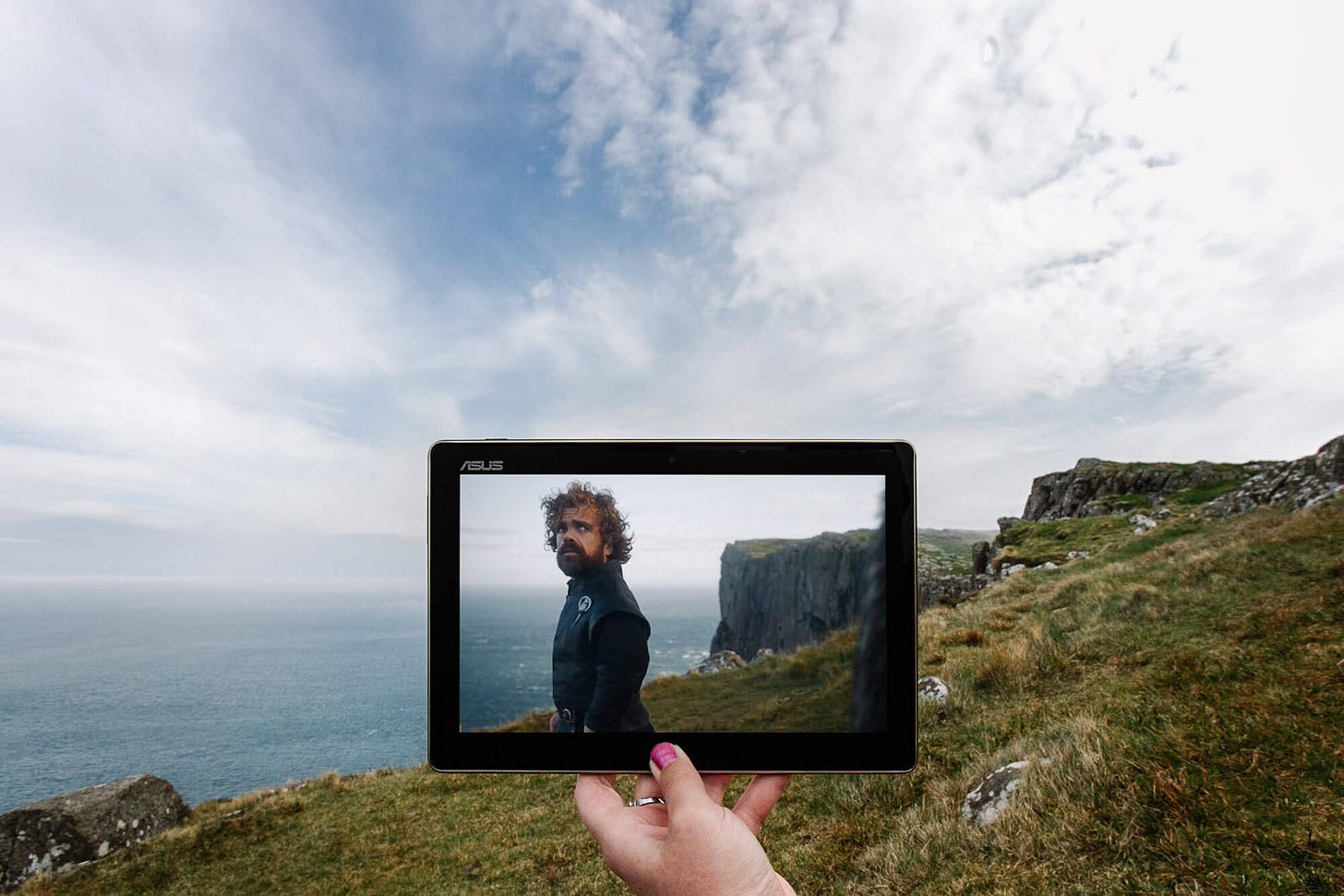
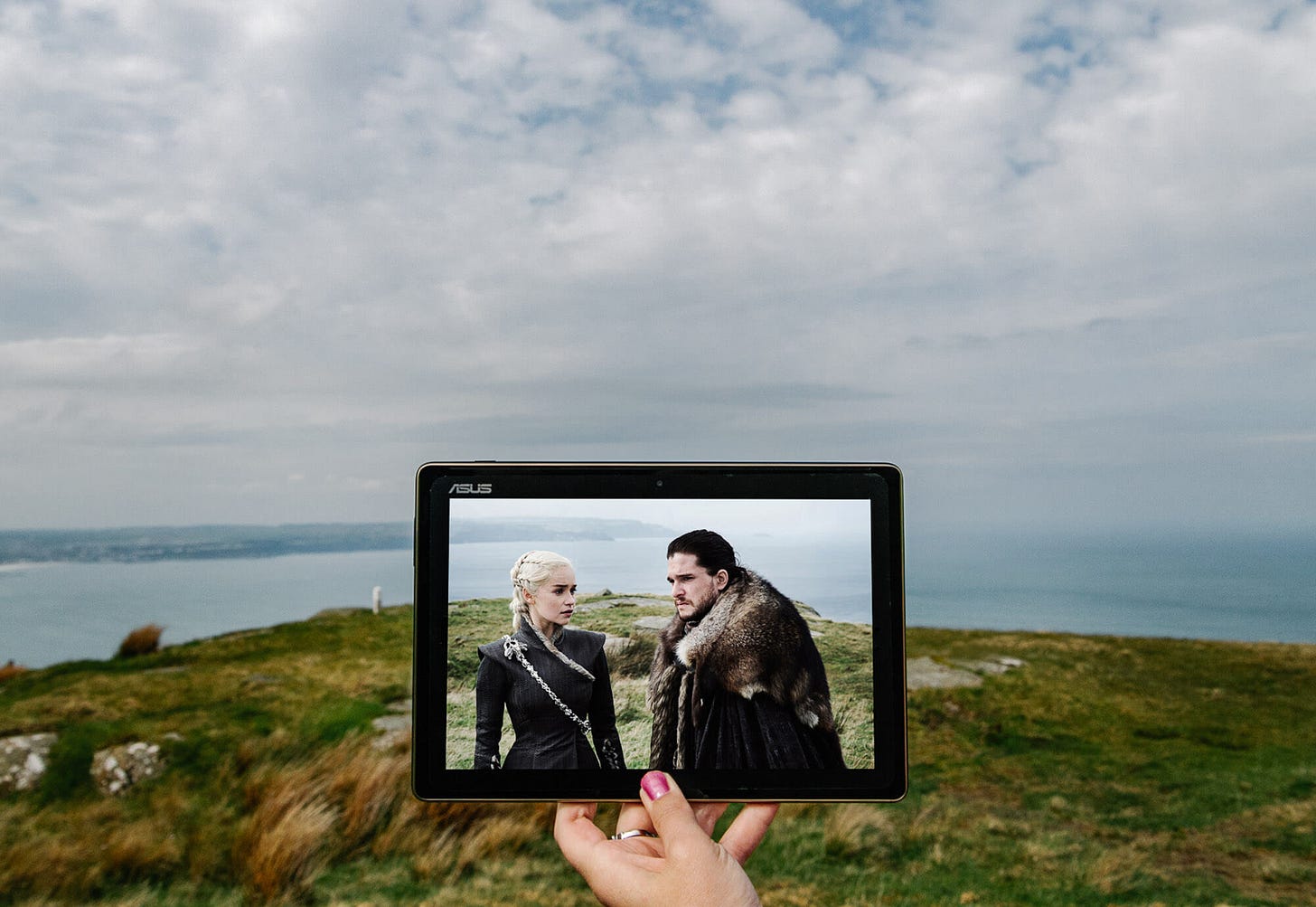
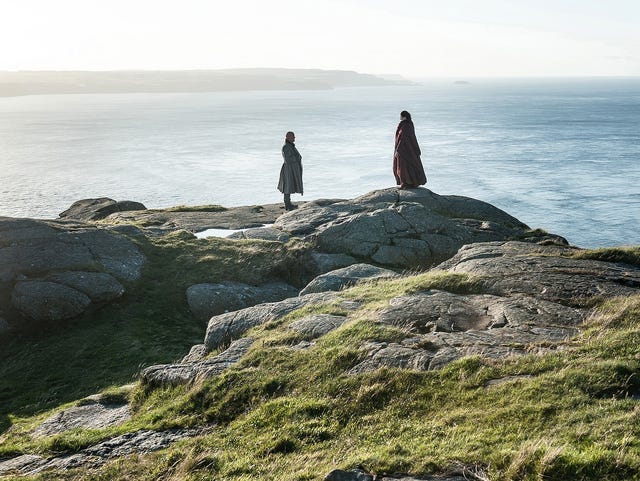
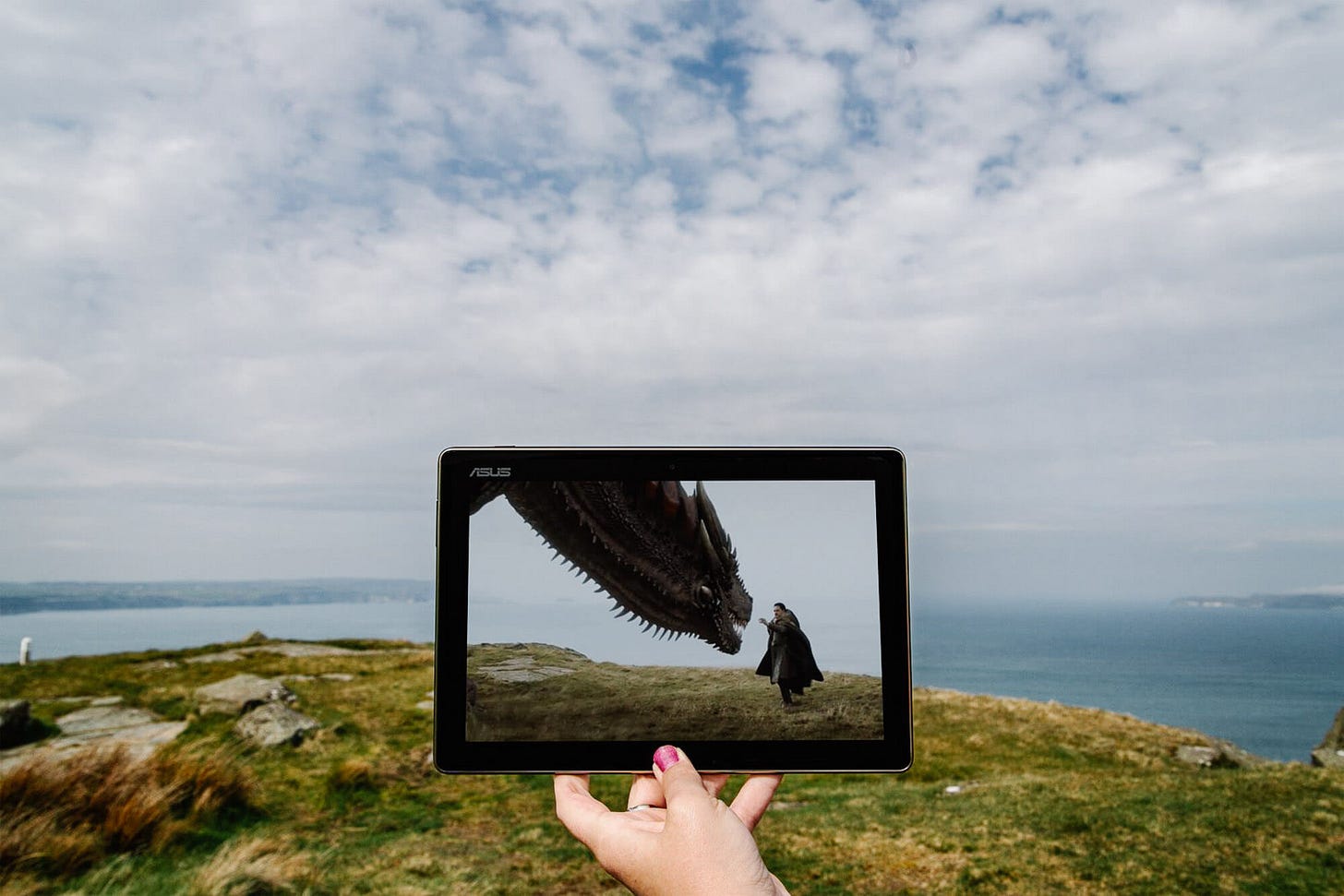
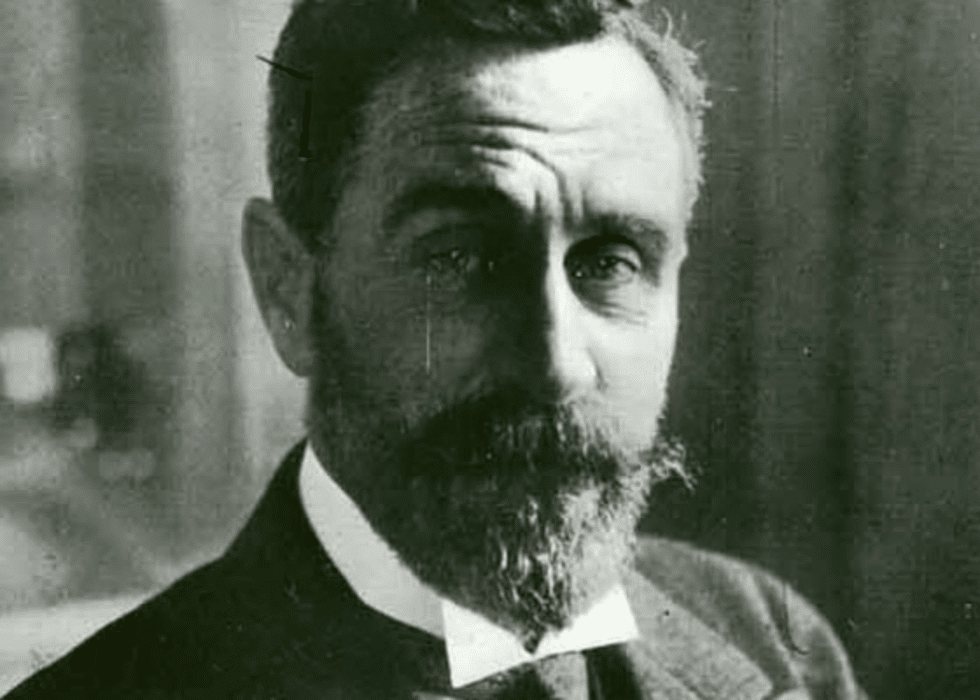
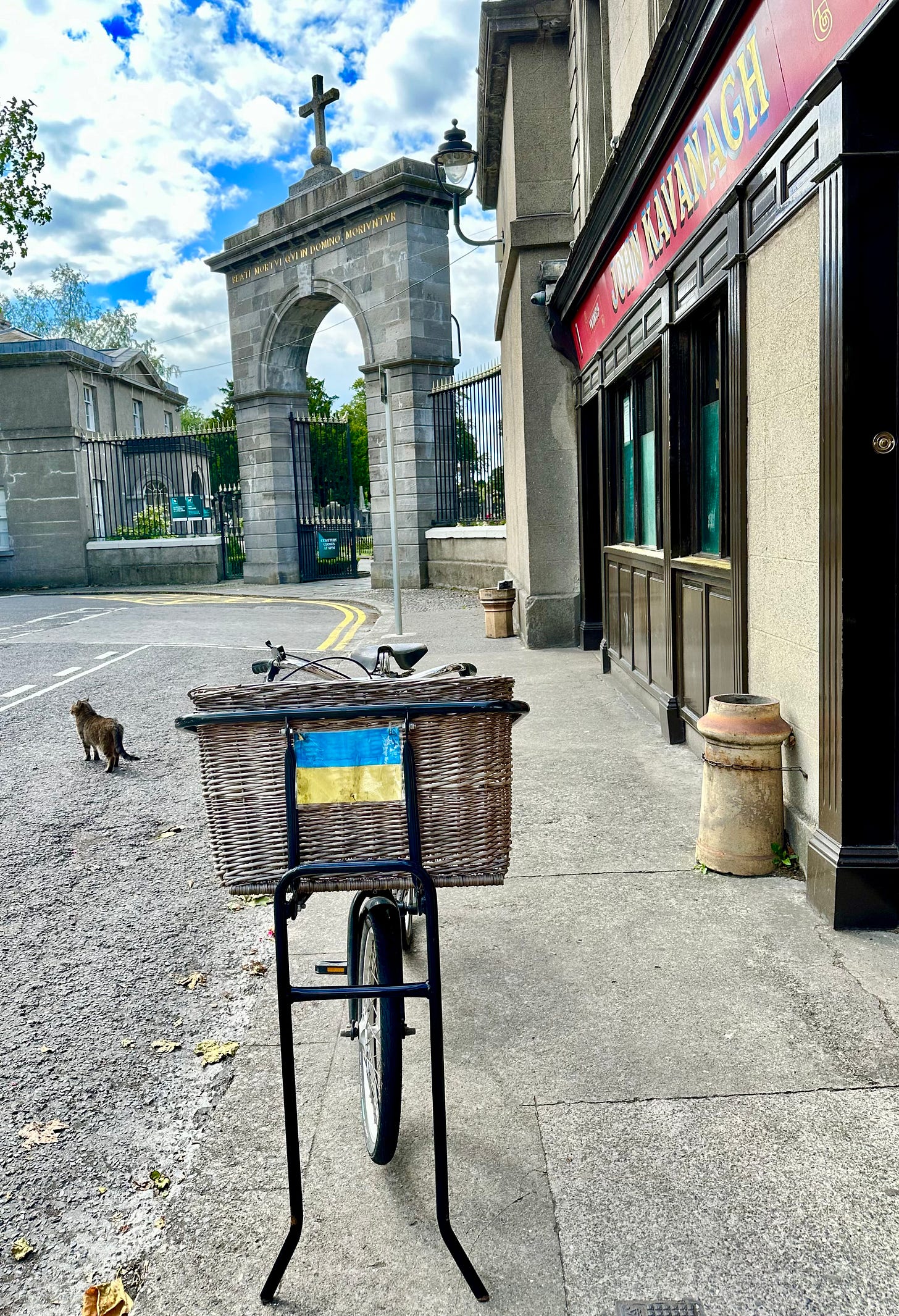
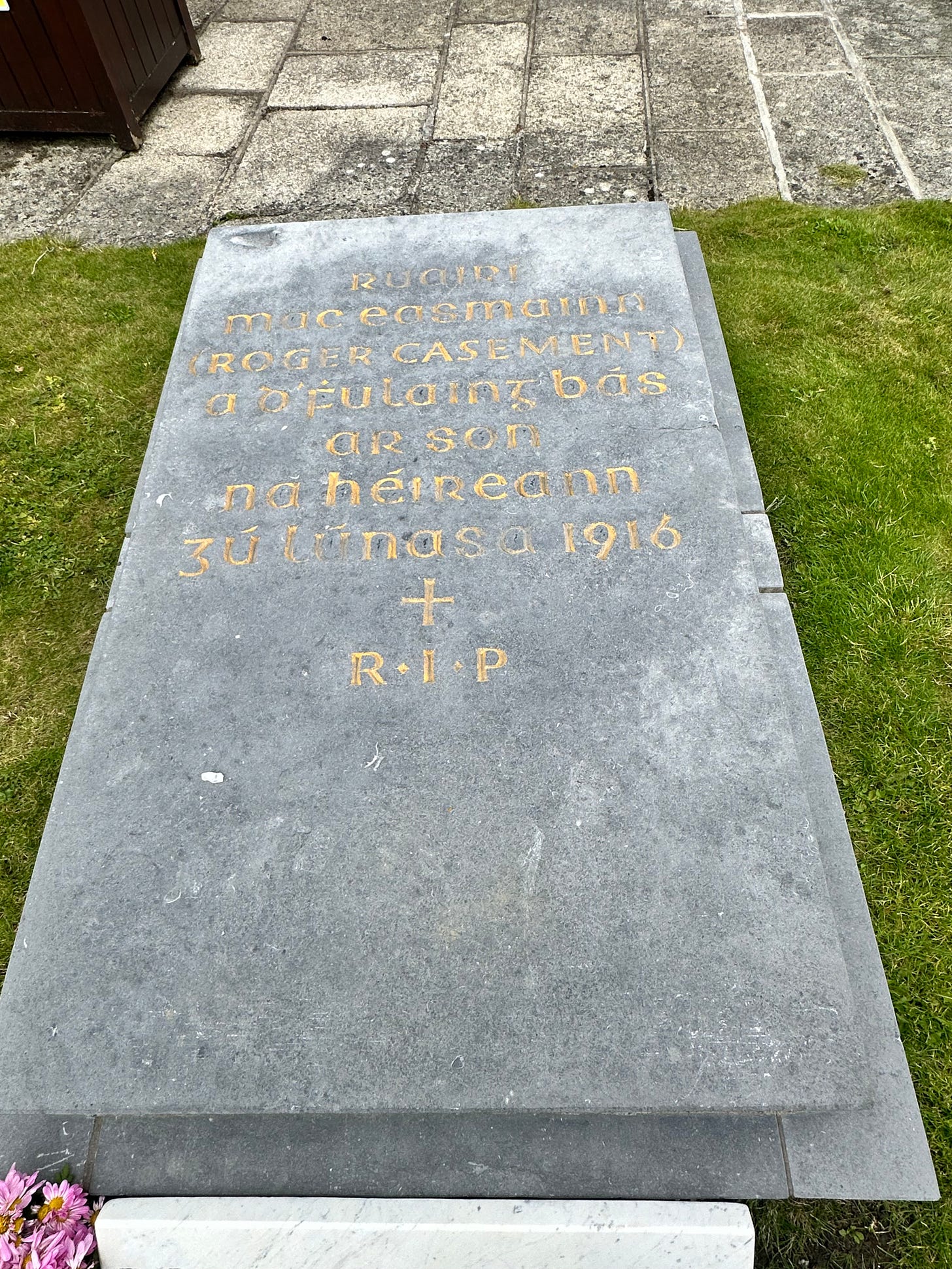
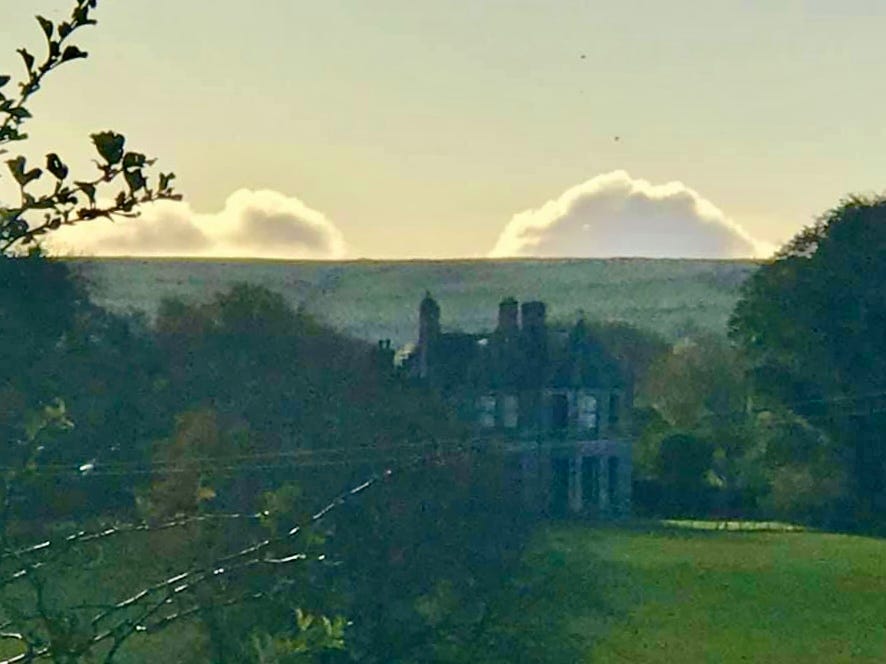

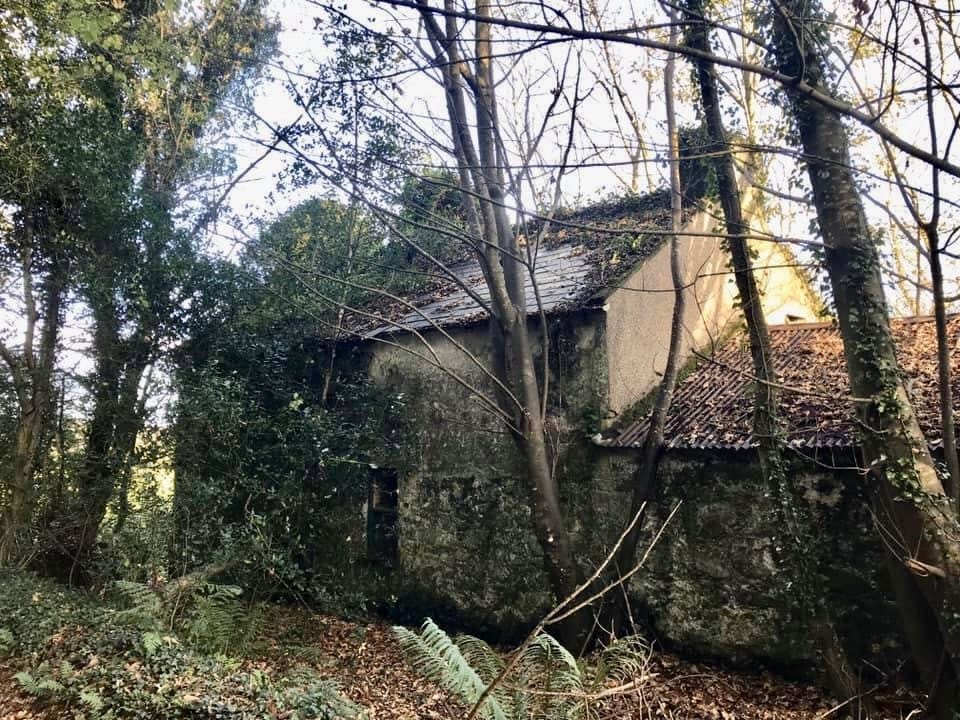
Beautiful photography